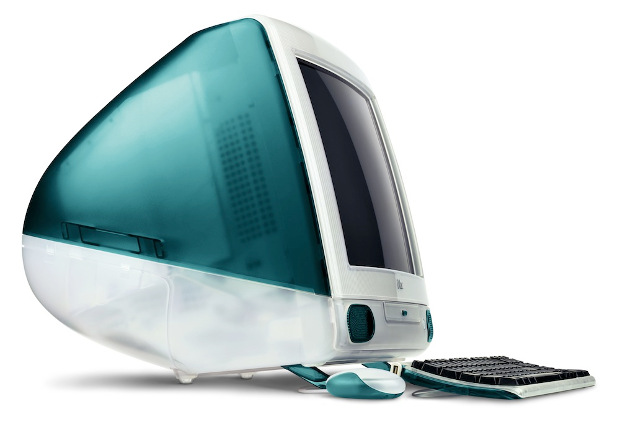After 30 years, why did the Mac never break into big business?


Mac versus PC.
If you want to stir up an epic online fight, that’s been the recipe for 30 years. The ongoing battle has also made for some memorable TV ads over the past decade. But in reality, despite the often harsh rhetoric, it’s never really been a contest.
After 30 years, Apple’s share of the PC market is still in single digits, percentage-wise. In its history, the Mac product line has sold more than 5 million units in a quarter only once. Last quarter, Apple shipped 4.8 million total units of its Mac product line. The PC industry – you know, the one that’s in decline – ships that many Windows machines in less than a week.
So why have Mac sales never expanded beyond those minuscule numbers? Blame the enterprise, which has been the engine for PC sales for many years. Yes, Macs have found a solid niche in graphics and video production departments (although even that stronghold is weak these days with feature parity of production apps on Windows-based devices).
Read this
When I look at the modern enterprise, I see six reasons why Windows desktops still dominate and Macs are still outsiders.
1. Enterprises run on Windows.
The average enterprise has thousands of custom, line-of-business Windows apps deployed. Some of those apps are more than 10 years old, and the cost of replacing them with cross-platform solutions such as web-based apps is prohibitive. That huge installed base of apps is one reason why the migration from Windows XP has been so slow in large organizations. And it’s why non-Windows machines are a nonstarter regardless of the operating system they run.
2. Macs are expensive. Enterprise IT budgets are tight.
The average selling price of a Mac in the most recently concluded quarter (Q1 of Apple’s 2014 fiscal year) was $1,322. That’s far more than the ASP of a Windows PC, which has hovered around $500 for years. Even if you assume that enterprises buy more expensive machines, there are still hidden costs of owning Macs, including (ironically) the cost of virtualization software and separate Windows licenses so that those Macs can run important Windows apps.
3. Microsoft Office is a second-class citizen on Macs.
Office on the Mac is always a year behind the corresponding Windows version, and Outlook is still a relative newcomer (and a poor relation). Some Office programs, most notably Access, have never been ported to the Mac. File format compatibility is strong, and for most users Office on the Mac is good enough. But it’s still a checklist item for most enterprises.
4. The desktop PC isn’t dead.
Businesses still buy lots and lots of boring desktop PCs, for workers who sit at a desk most of the day. In enterprise settings, desktops have multiple advantages. You can easily hook up multiple monitors, they’re easy to repair and upgrade, and they have ample expansion capabilities. In recent years, Apple has focused most of its efforts on the MacBook line. The iMac line is fine for art galleries and other small businesses that can run everything on a single PC, but it’s not an option for high-volume corporate computing. And we won’t even talk about the new $10,000+ Mac Pro.
5. Those Macs aren’t going to manage themselves.
Tech Pro Research
The single biggest strength of the Windows ecosystem is the enormously powerful range of management software available for enterprises that run Windows domains. A tightly run IT shop can secure data, keep roaming profiles organized, and replace the image on a broken PC with the push of a remote switch. For the most part, Macs are managed as if they were mobile devices. That gives IT staff limited support tools, but it’s nothing like the management options of a fully managed, domain-joined PC.
6. Apple doesn’t provide long-term support.
Microsoft provides a guaranteed 10-year support lifecycle for Windows devices. That means an enterprise can count on a device being supported with bug fixes and security patches for a decade. Apple, by contrast, abandons older versions of OS X quickly. Yes, upgrades to recent versions of OS X are free, but IT staffs who have to deal with the costs of deploying those upgrades and dealing with attending incompatibilities might beg to differ.
These days, of course, Apple’s efforts are focused on mobile devices. The iPad line outsold all Macs by a margin of better than five to one last quarter and is beginning to approach PC shipment levels. And Apple is quick to note that most enterprises are now allowing iPads inside the corporate network.
That shift from conventional PCs/Macs to mobile devices is probably the largest reason of all why Macs have largely stalled in the enterprise. Apple long ago dropped the word “Computer” from its name, after all.
See also: